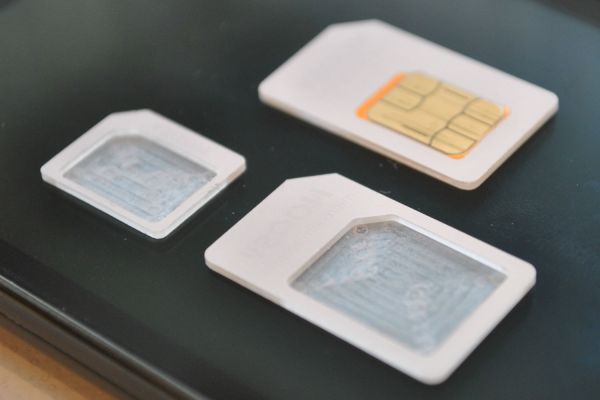The AT&T store employee, iPhone 5 box in-hand, looked at me like I was crazy.
“You want to pay full price? Why?”
It was hard to explain in the moment, but the reason was that I’m obsessed with tech stuff (justified, somewhat, by my job writing about it.) I’d like to switch phones every year, alternating between platforms so I can fully experience each one. My last phone was a Samsung Galaxy S II, this year’s is the iPhone 5, and next year I’ll get a new Android phone, or maybe a Windows Phone.
On AT&T, it’s actually cheaper to pay full price for a new phone partway through a two-year contract than it is to take a partially-discounted upgrade every year, so although I paid more up front for the iPhone 5, I’ll save more in the long run.
This is just one of the things to keep in mind if you want to be a frequent smartphone switcher. Although I suspect most people are fine with upgrading every two or more years, the smartphone market is becoming so diverse that owning more phones might make sense. Maybe you want Samsung’s humongous Galaxy Note II during the week, but something smaller when you’re out on the weekends. Or perhaps you want to impulse-buy Google’s unlocked Nexus 4, but would still like another phone that supports 4G LTE networks. If you want to switch smartphones more often, here’s what you need to know:
SIM Card Basics
AT&T and T-Mobile use a little card called a SIM to authenticate their subscribers. On the iPhone 5, you’ll find this card in a tray along the right edge, which you can eject with a small paperclip. If you have two AT&T phones, or two T-Mobile phones, you can transfer wireless service between them by moving the SIM card from one device to the other. You don’t have to take your phone to a retail store, or otherwise get any special permission to switch. For that reason, AT&T and T-Mobile are better options for phone-swapping than Verizon and Sprint, which don’t use SIM cards for voice, text and 3G data.

An Adapter for All SIM card Sizes
Shortly before buying my iPhone, I ordered a nano SIM card adapter from Amazon. It cost about $6.50 after shipping, and lets me swap devices regardless of which size SIM card they use. My Galaxy S II, for instance, needs a full-sized SIM card. The corresponding adapter is a full-sized card with an empty slot in the middle for the nano SIM.
The size of the actual card doesn’t matter, as long as the adapter fits into phone’s SIM slot. (If your card is too big for the phone you’re switching to, you can even get a SIM cutter to trim it down). SIM cards are also backwards compatible, so although the iPhone 5 supports 4G LTE networks, and the Galaxy S II does not, the iPhone’s SIM card still works in the Galaxy S II, only at slower speeds.
Doing the Early Upgrade Math
Here’s how I worked out the math on AT&T: If you buy a new phone with renewed contract every year, AT&T charges $450 for each upgrade, plus the $36 activation fee. The total cost over two years is $972.
By comparison, most high-end phones cost about $200 with a two-year contract, plus a $36 upgrade fee. Without a contract, the 16 GB iPhone 5 costs $650, no fees. So over two years, the total cost is $886 to buy one phone with a two-year agreement, plus a full-priced phone with no contract. You save $86 by upgrading once every two years, and buying a full-priced phone at the halfway point. Plus, there’s a side benefit: When you pay full price for an AT&T iPhone, you can unlock it for use on other networks, which comes in handy if you’re traveling abroad.
The situation’s a bit different with T-Mobile, which offers a discount on the cost of service if you bring your own unlocked phone. The price in the long run will depend on the full cost of the phone, but you won’t have to pull off the same contract trickery that AT&T demands.
Though it’s not for everyone, switching between phones can feel liberating. It’s nice to not be locked into one device, with one ecosystem for content, but instead to see what other platforms have to offer. If you’re a tech junkie like I am, it’s something to consider.

